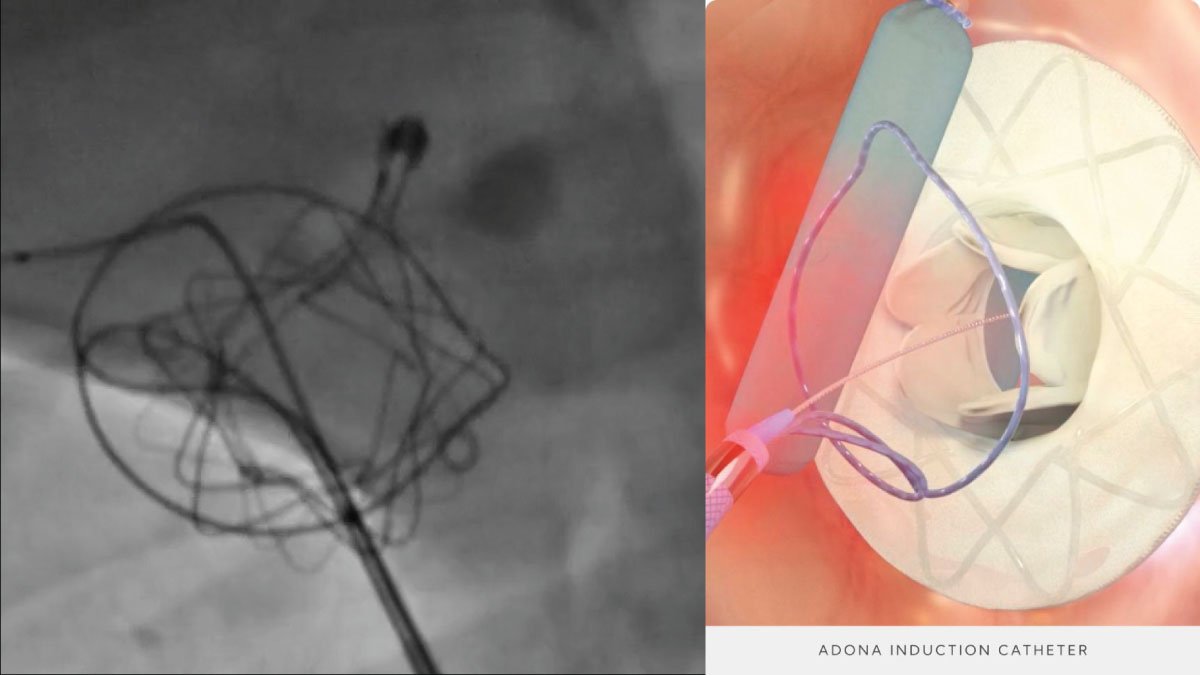Cone Snail Venom Unlocks New Horizons in Diabetes Treatment

Innovative research, inspired by the work of Dr. Toto Olivera, has shown that the venom from one of the world’s most dangerous cone snails could hold the key to developing new treatments for diabetes and hormone imbalances.
Cone Snail Venom: A Breakthrough in Diabetes Treatment
Recent studies, following in the footsteps of Dr. Toto Olivera’s groundbreaking research, have revealed the incredible potential of cone snail venom in treating diabetes. These venomous sea creatures, famous for their deadly toxins, are now providing crucial insights into creating more effective and targeted therapies for metabolic disorders.
The Benefits of Using Cone Snail Venom in Medical Research
The use of cone snail venom in medical research offers several key benefits. To start, the venom contains a complex array of bioactive peptides, known as conotoxins, each with a specific action. This specificity allows for the creation of treatments that can precisely target and adjust biological pathways related to diabetes, minimizing the side effects often seen with traditional medications.
Additionally, these conotoxins are stable and potent, making them excellent candidates for drug development. Their unique structures allow them to interact well with human receptors, potentially leading to treatments that improve glucose regulation and insulin sensitivity. Moreover, the variety of compounds found in the venom provides a rich source for discovering new therapeutic agents that could address different aspects of hormone imbalances beyond diabetes.
Applications in Medical Devices
The knowledge gained from cone snail venom research also extends to the development of medical devices for managing diabetes and hormone-related issues. For example, incorporating conotoxin-based compounds into implantable drug delivery systems could offer patients sustained and controlled medication release, enhancing the effectiveness of treatment and compliance. Additionally, these bioactive peptides could be used in advanced biosensors for more accurate glucose monitoring, allowing for real-time management of blood sugar levels and reducing the need for constant monitoring.
In the field of regenerative medicine, cone snail venom derivatives could play a role in creating bioengineered tissues or organs that restore proper endocrine function. This highlights the wide-ranging potential of this natural resource in transforming current medical technologies and improving patient outcomes.
Looking Ahead
The exploration of cone snail venom is expected to drive significant progress in personalized medicine. As researchers delve deeper into the complex interactions of conotoxins with human biology, we can look forward to the development of highly personalized treatment plans based on individual patient needs and genetic profiles.
Conclusion
The discovery of therapeutic potential in cone snail venom represents a pivotal moment in biomedical research. Building on the work of Dr. Toto Olivera, scientists are uncovering new paths for treating diabetes and hormone imbalances, bringing hope to millions around the globe. As this research continues, the combination of nature’s innovation with modern science promises to deliver innovative treatments and medical devices that will redefine healthcare standards and improve the lives of those affected by these conditions.




















